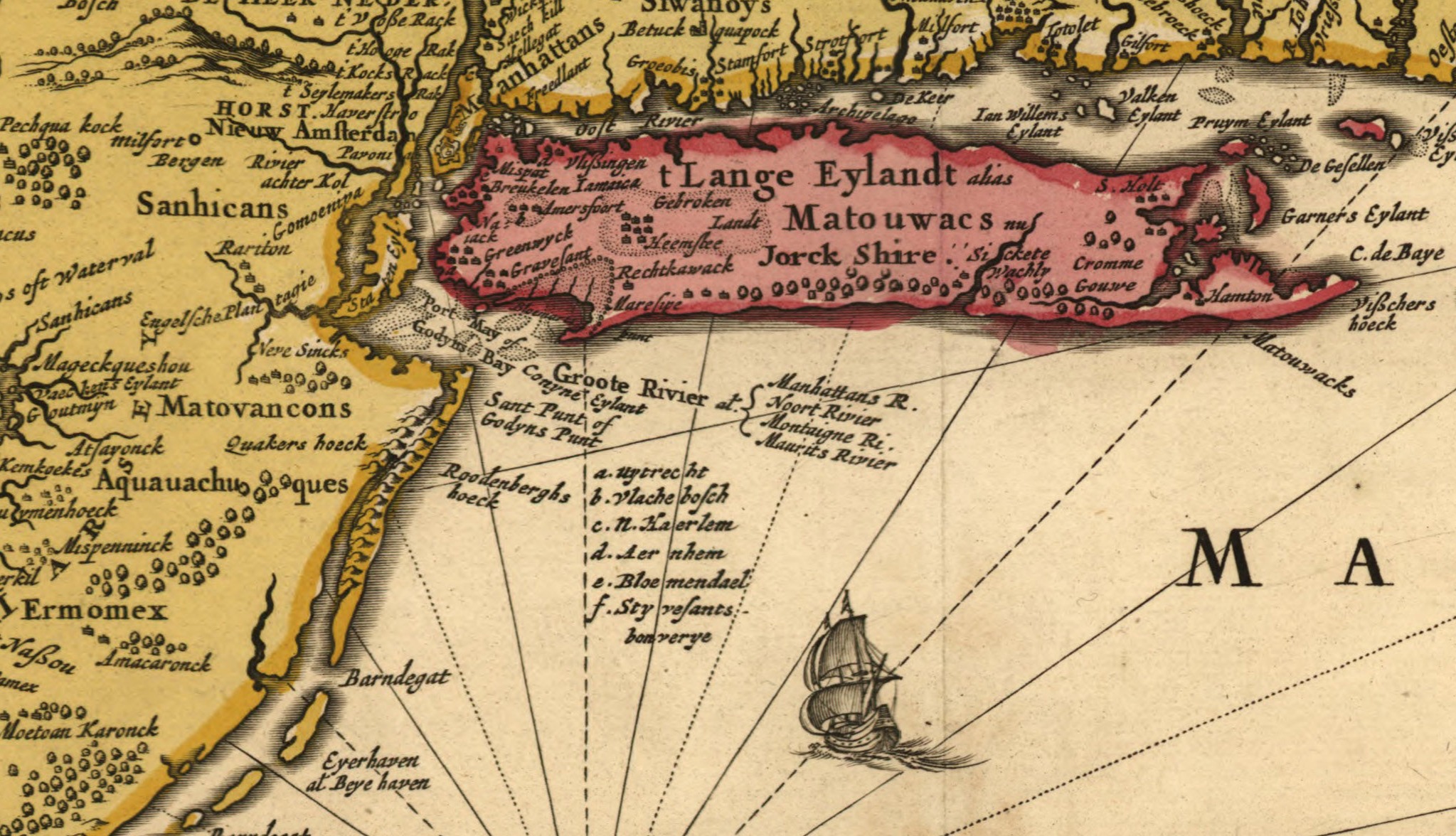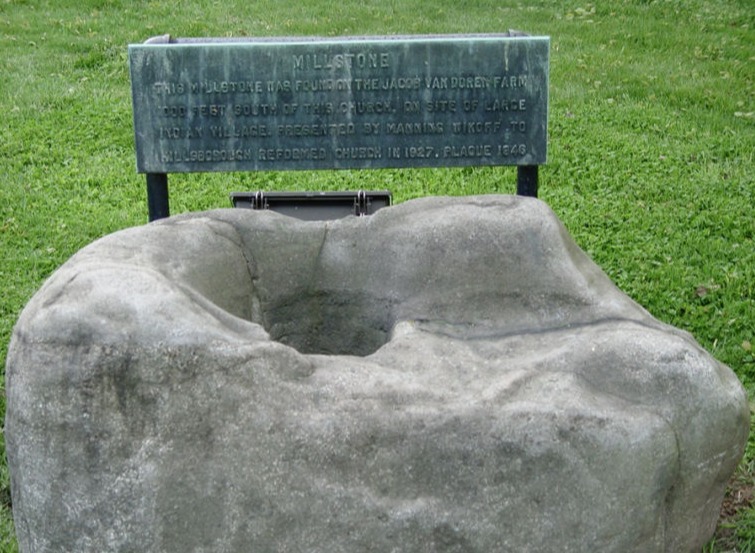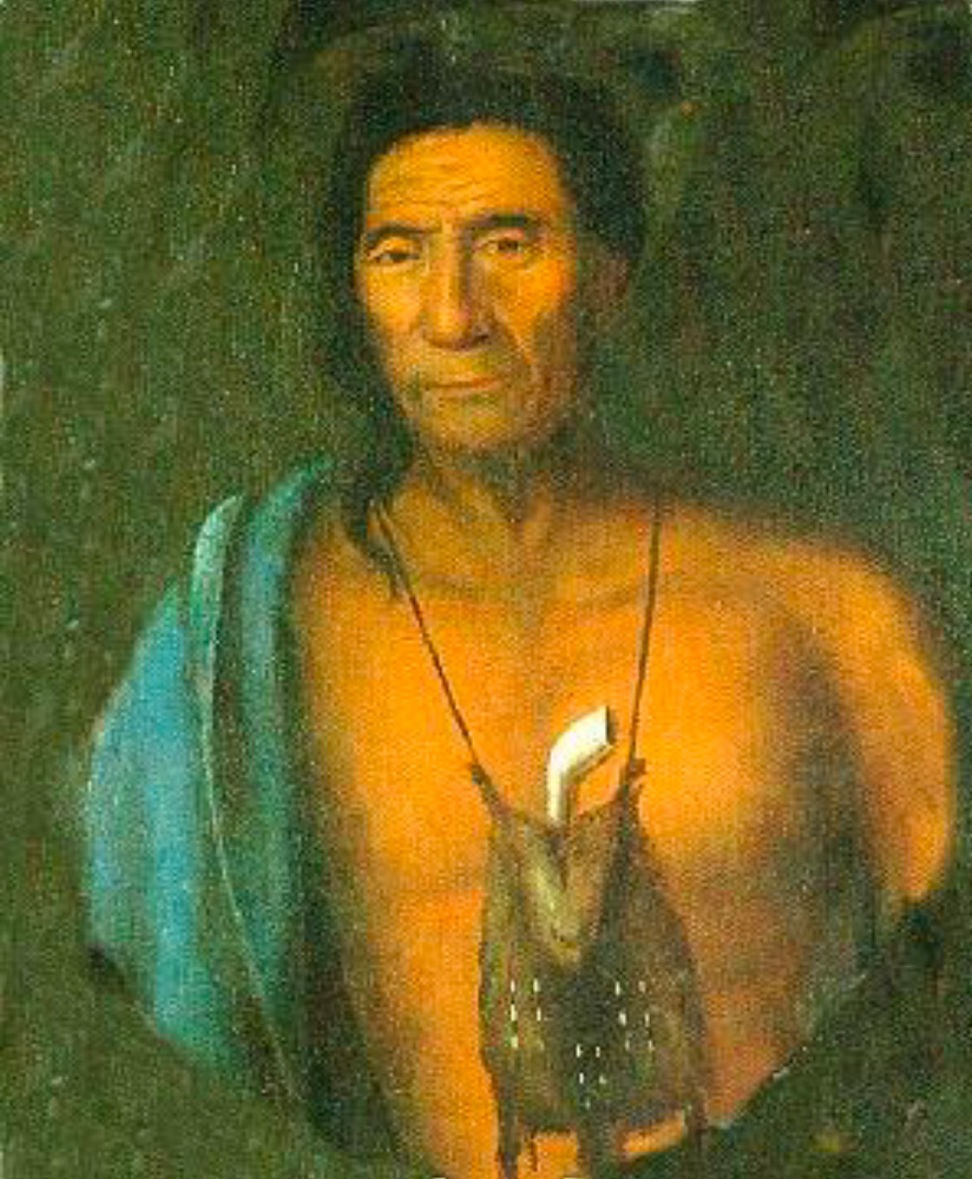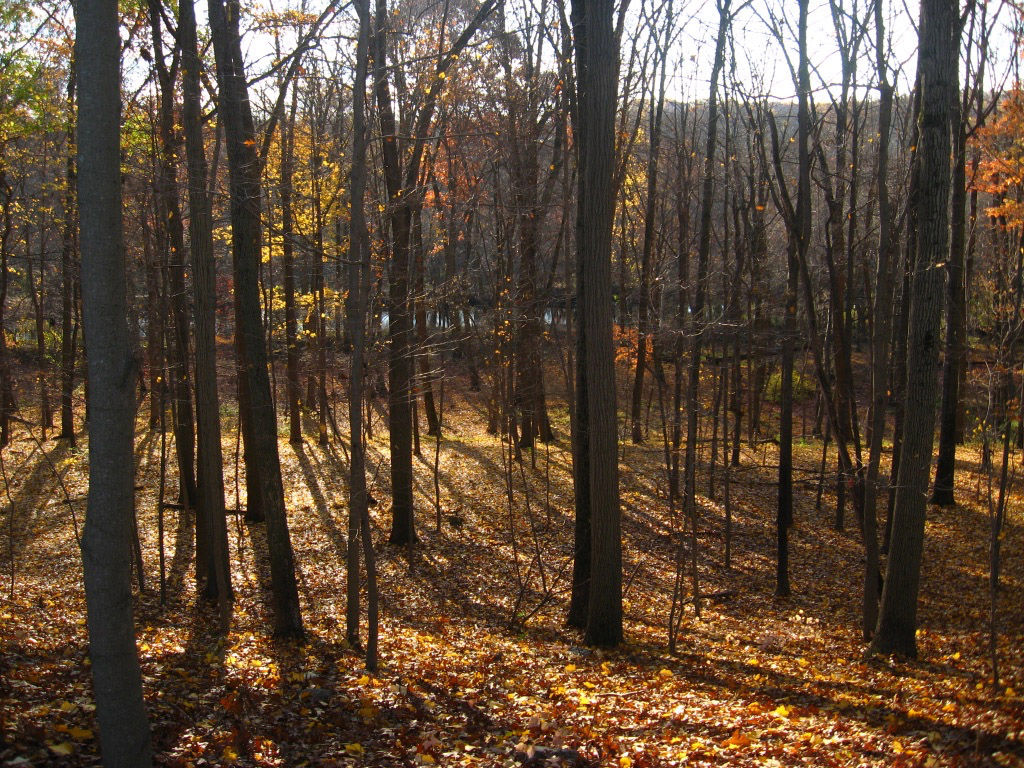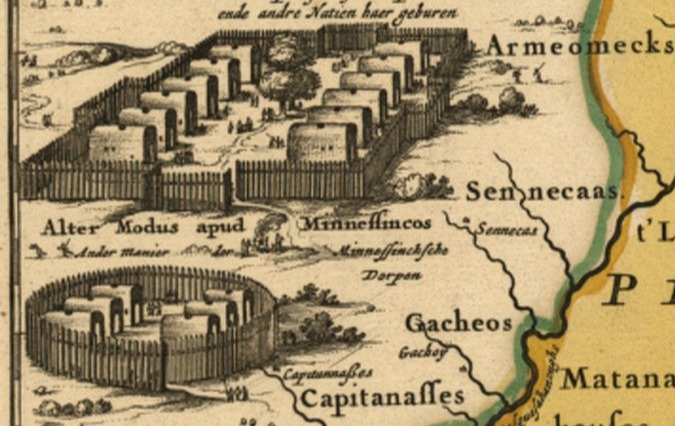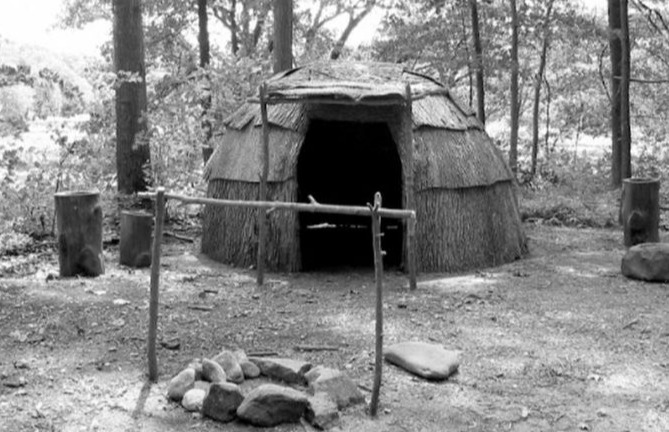
The Lenape
The Early Settlers of the Millstone Valley
For about six centuries during a period called the Late Woodland Period (ca. A.D. 1000 A.D. -1600) the entire region now identified with New Jersey, eastern Pennsylvania, southern New York, and the northern portions of Delaware and Maryland, was the homeland of the ancestral Lenape and related tribes. There was a sizable Lenape settlement in or near the present boundaries of the Borough of Millstone. Millstone is located in the northern Millstone Valley relatively near the Raritan River, so these Lenape may have been Raritans, a group that was a part of the greater Lenape tribes. The region was criss-crossed by trails that were used by all indigenous peoples. An important trail called the Assunpink trail came through the Millstone Valley, and crossed the Millstone River at Kingston.
